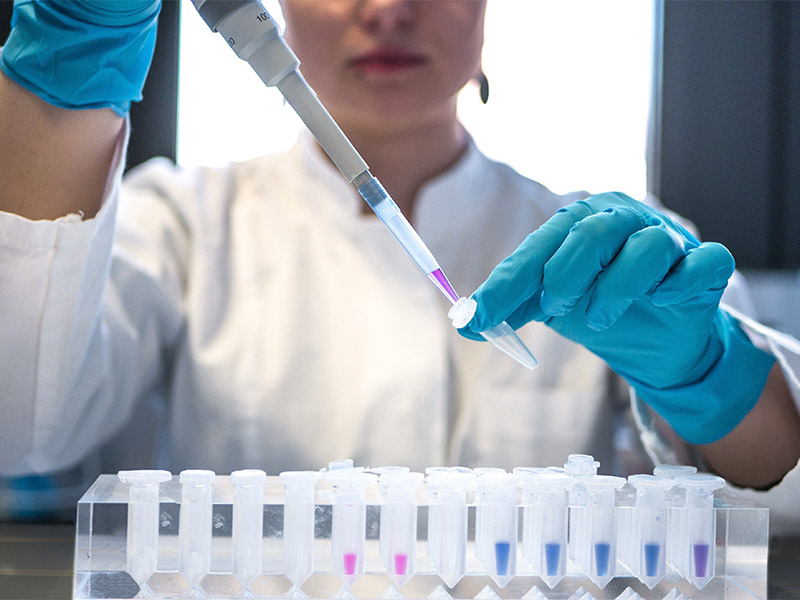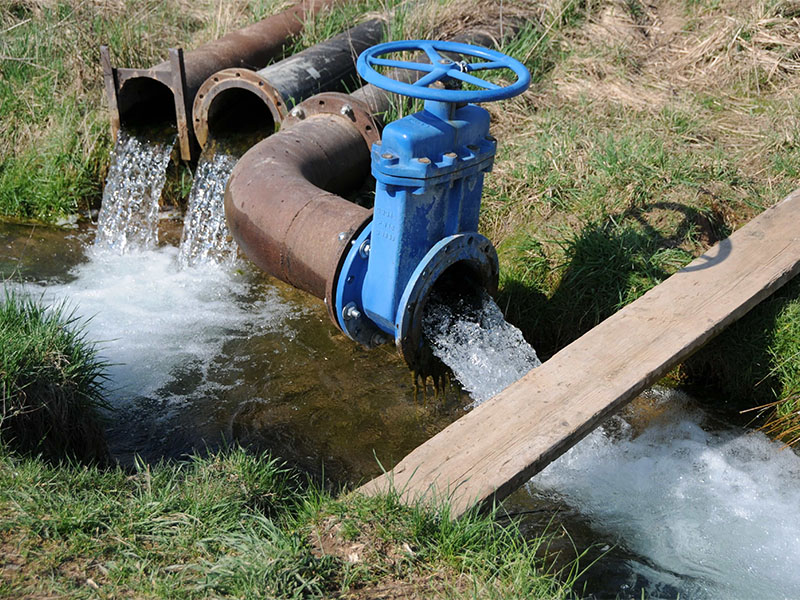Diuron Removal From Wastewater
Diuron is a substituted urea herbicide and is in the family of PSII (photosystem II) herbicides. It’s now proven these chemicals can pose a significant risk to marine and human life and less dangerous alternatives are now generally being used.
However, the effects of diuron and similar herbicides can take some time to disperse. After being broadcast on crops, a proportion ended up in the leachate. Through resultant run-off, this will still appear in watercourses years after application.
Therefore, diuron removal from wastewater is vital.





